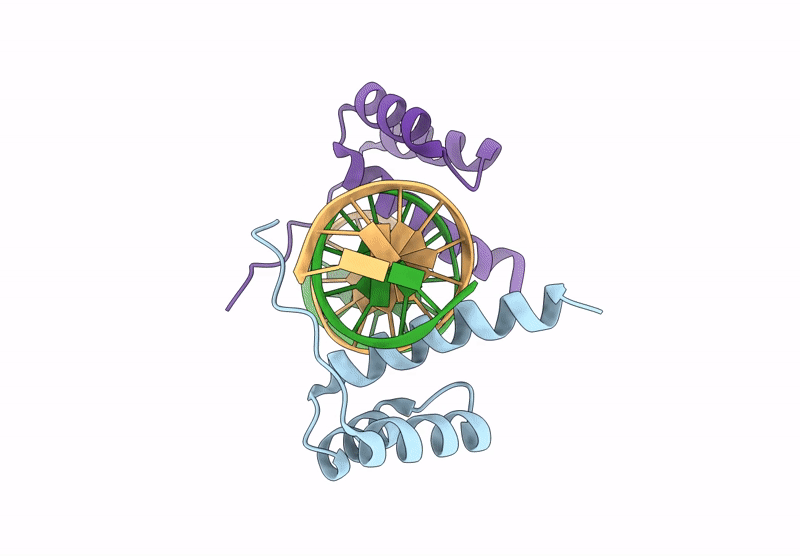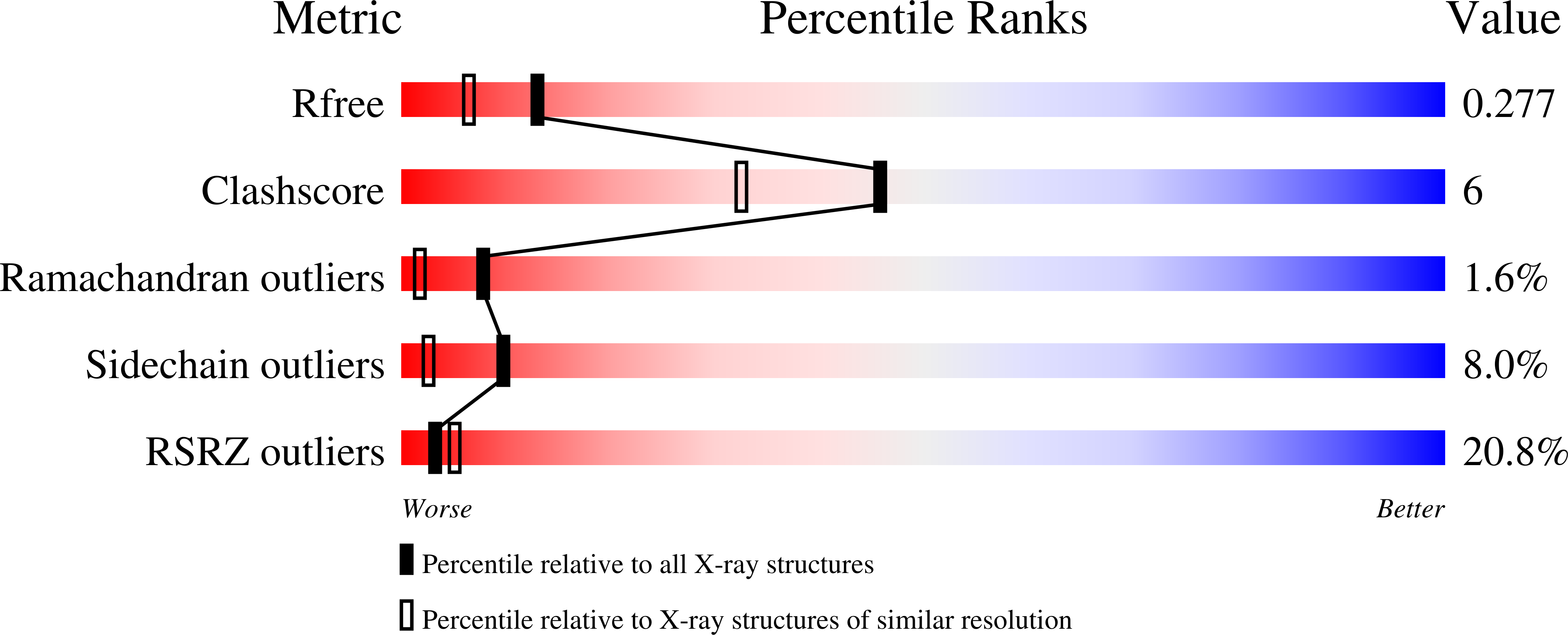
Deposition Date
2023-11-24
Release Date
2024-12-04
Last Version Date
2025-06-11
Entry Detail
PDB ID:
8R7F
Keywords:
Title:
Transcription factor BARHL2 homodimer with spacing two bp
Biological Source:
Source Organism:
Homo sapiens (Taxon ID: 9606)
Host Organism:
Method Details:
Experimental Method:
Resolution:
1.98 Å
R-Value Free:
0.27
R-Value Work:
0.23
R-Value Observed:
0.23
Space Group:
P 1 21 1


